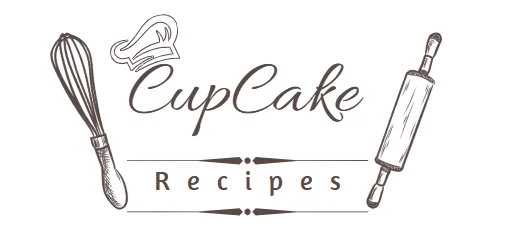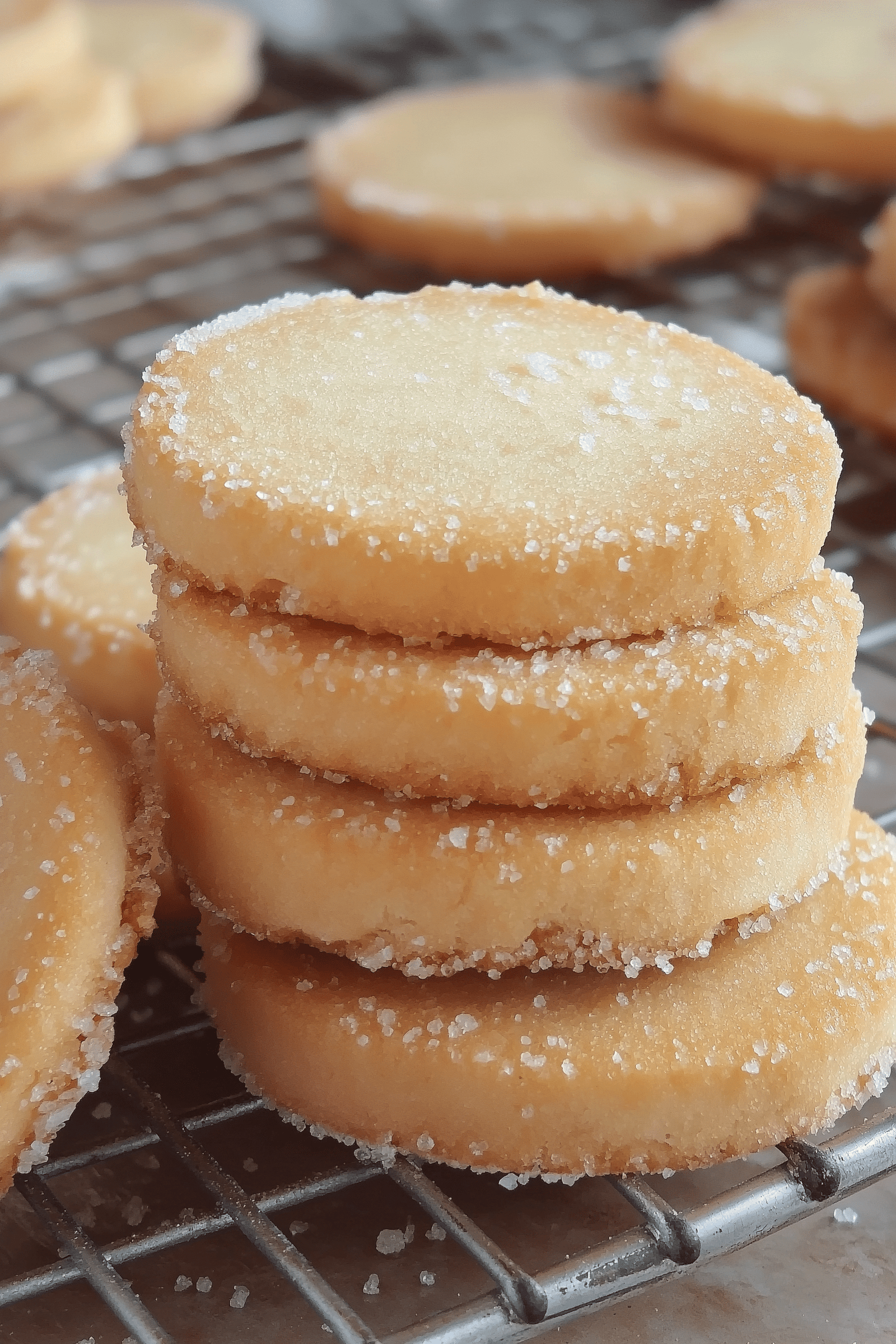Have you ever wished to bring the French bakery experience into your kitchen? I get why it’s so tempting. Baking French cookies offers deep joy. These treats melt in your mouth, leaving a sweet taste that makes you want more. This guide will teach you to make French cookies that could compete with Paris’s finest cafés.
French Butter Cookies, or Petit Beurre, are a classic. They mix simplicity with the magic of good ingredients. Although these cookies are traditionally crisp thanks to ammonium carbonate, baking powder is a great alternative for home cooks. Join me in this baking journey. We’ll make cookies that’ll become the star of your coffee breaks. Also, try adding a twist to your baking with this braided chocolate chip brioche recipe for equally delicious results.
Key Takeaways
- Total time to bake these cookies is a mere 58 minutes.
- With one recipe, you can produce up to 70 cookies, ensuring enough to share.
- Each delightful cookie contains only 36 calories.
- The ideal thickness for rolling out your dough is 1/8 inch for the perfect crunch.
- The baking temperature to aim for is 350°F, resulting in beautiful golden edges after 13 to 17 minutes.
- Whether serving a few or a crowd, recipes adapt, making from 24 to 60 cookies per batch.
- Many of these recipes hold sentimental value, being handed down through generations since the 1950s.
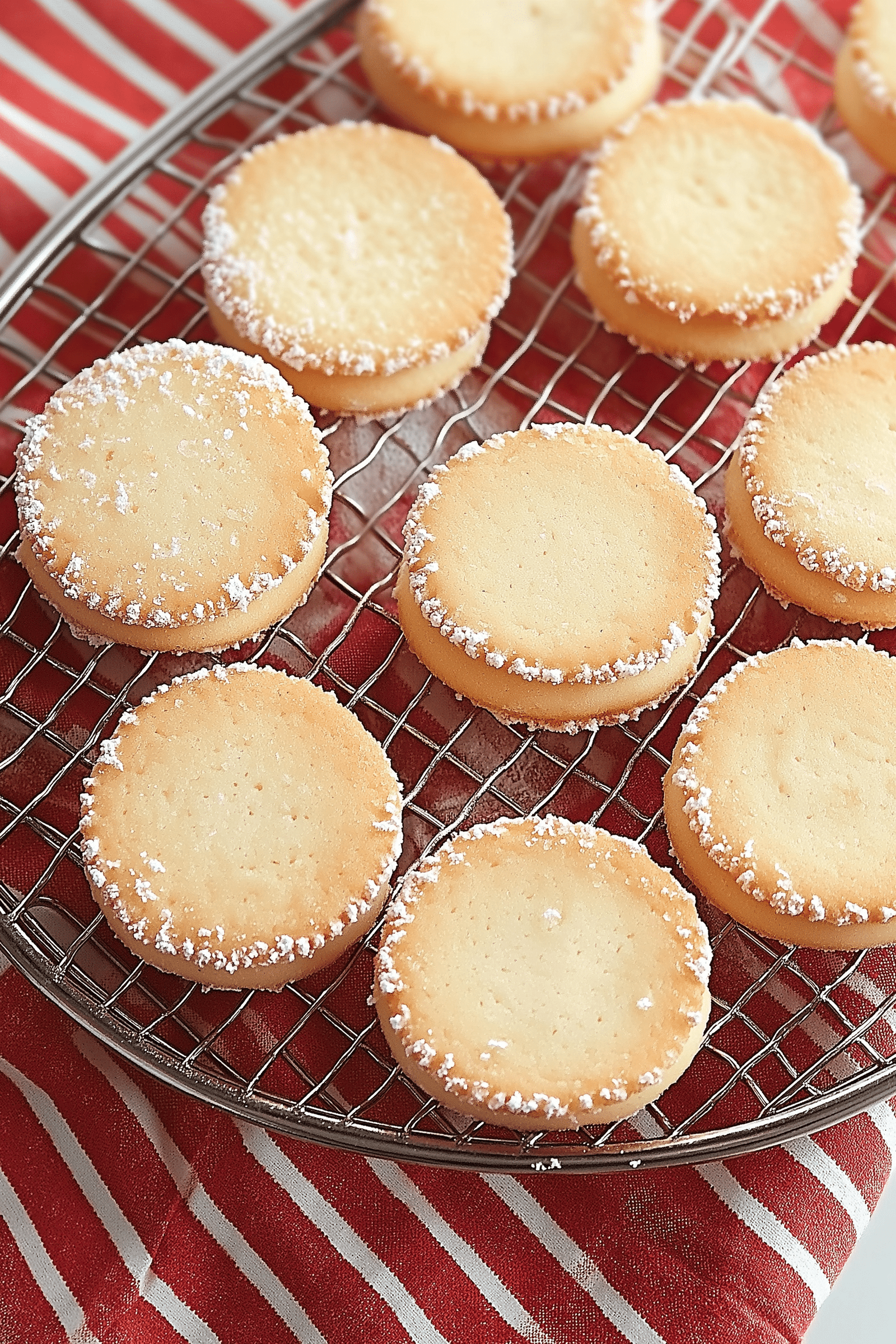
Understanding the Basics of French Cookies
Starting our journey into French cookies, we explore key elements that make them beloved worldwide.
What Makes French Cookies Unique
French cookies are known for their complex textures and fine flavors. They often use ammonium carbonate for crispiness, especially in French Butter Cookies. This precision shows the deep value placed on flavor and texture in French cooking.
The Different Types of French Cookies
France’s cookie selection is vast and rich with history. For example, Florentines came from Catherine de Medici’s time, blending nuts and fruits with caramel. Meanwhile, Navettes de Marseille offer a simple taste of orange blossom, celebrating Candlemas. This variety reflects France’s diverse cookie tradition, with each region sharing its story through baking.
Essential Ingredients for Authentic French Cookies
To make real French cookies, you need the right ingredients. Key items include flour, unsalted butter, sugar, and a bit of milk. Flavor enhancers like vanilla and salt (use less with salted butter) are crucial for that classic sweet, buttery taste. These carefully chosen ingredients ensure both authenticity and the subtle elegance French cookies are famous for.
Learning these basics is just the start. Knowing which ingredients to use will improve your French cookie baking significantly.
Choosing the Right Ingredients
Choosing high-quality ingredients is crucial for perfect French cookies. Whether you’re a pro baker or just starting with French cookie recipes, knowing your ingredients makes a big difference. It can take your cookies from good to great.
Most cookies need flour, sugar, eggs, butter, baking soda, and salt. Flour quality matters a lot. For soft cookies, use fine all-purpose flour. But be careful when measuring. Even a little extra can make your dough tough.
Sugar does more than sweeten. Its size affects how cookies spread when baked. Stick to the recipe’s sugar type to keep cookies just right.
Eggs should be large and fresh for the best dough balance. Butter should be at room temp for smooth mixing. The butter’s salt content can also affect taste and texture. Add the perfect amount of salt to unsalted butter to get it just right.
Baking soda and powder shouldn’t be old. They’re crucial for the right rise and texture. Spices and extracts, like cinnamon or vanilla, make cookies special. They turn simple treats into something amazing.
Add-ins like nuts or chocolate chips need to be high quality. Check nuts for freshness. Use aromatic dried fruits. This effort makes each bite delightful.
In conclusion, the quality of each ingredient impacts French cookies a lot. Picking the best ingredients not only improves the outcome but also the flavor. This makes baking fun and rewarding.
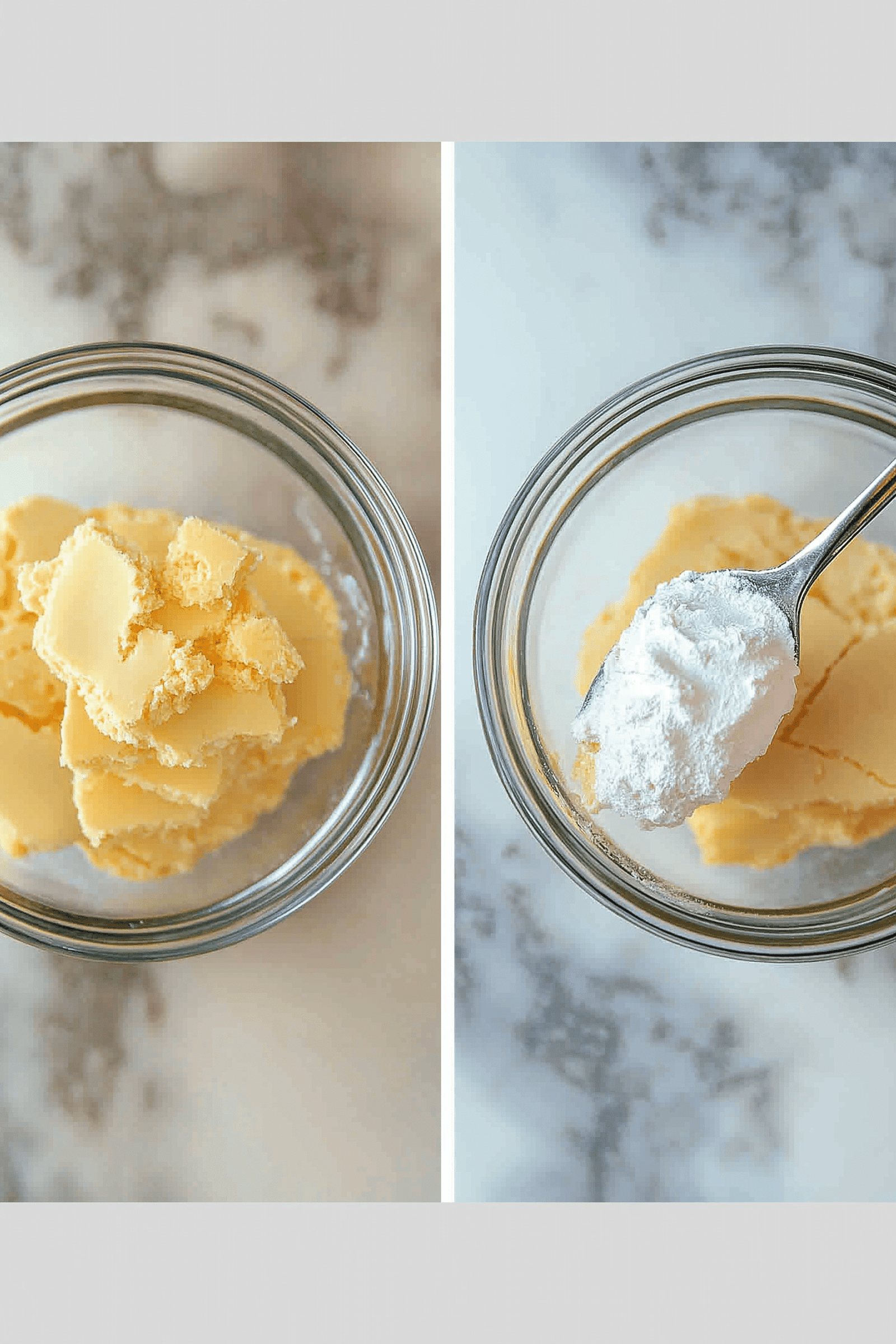
The Role of Butter in French Cookie Recipes
Anyone who has tried making authentic French cookies knows the secret. It lies in the type of butter used. High-quality butter really makes a difference, whether following a recipe from a famous french cookie bakery or just experimenting at home.
Why is high-quality butter crucial? It’s all about the sensory experience of the cookie. Rich butter, with high butterfat and low water, enhances flavor and texture. It makes cookies tender and crumbly.
Choosing between salted vs unsalted butter can change your cookies’ flavor. French cookies, like Brittany’s sablés, typically use salted butter. A bit of salt boosts flavor, balancing sweetness and enriching other tastes.
However, unsalted butter lets you control the salt level in your dough. It’s key for achieving a subtly sweet and delicate cookie. Just a 1/4 teaspoon of salt from butter can impact taste greatly.
The choice of butter should match your recipe needs and taste. For Breton sablés, use 2/3 cup of salted butter for a buttery, slightly salty taste. For lighter, sweet cookies, go with unsalted butter. This lets natural flavors stand out.
Whether you pick salted or unsalted, high-quality butter is a must. It ensures your French cookies taste as good as those from top french cookie bakeries. Adding these tips to your baking will bring your homemade French cookies up to a pro level.
Perfecting the Art of Mixing
To make French cookie dough light and airy, you need to know a few mixing techniques. First, cream the butter until smooth. This prepares it for other ingredients. If you mix too much, the dough becomes tough, not tender.
The Whipping Method works great for French Macarons. It’s all about whipping egg whites correctly. This gives macarons their light, chewy texture. For simpler cookies like coconut macarons, the One Stage / One Bowl Mixing Method is best. It mixes wet and dry ingredients together for a perfect texture.
Expert bakers recommend using a food processor to mix cold butter with dry stuff until it looks like breadcrumbs. Then, add liquid slowly. This keeps the French cookie dough cool and textured.
Whether you want to make crunchy sablés or soft madeleines, mixing well matters. Different recipes might need different mixing methods. But the aim is always to get light, buttery cookies. Starting right is key to getting the perfect texture.
Learning about mixing is just the start to making famous cookies like madeleines. With these skills, you can make any French cookie confidently.
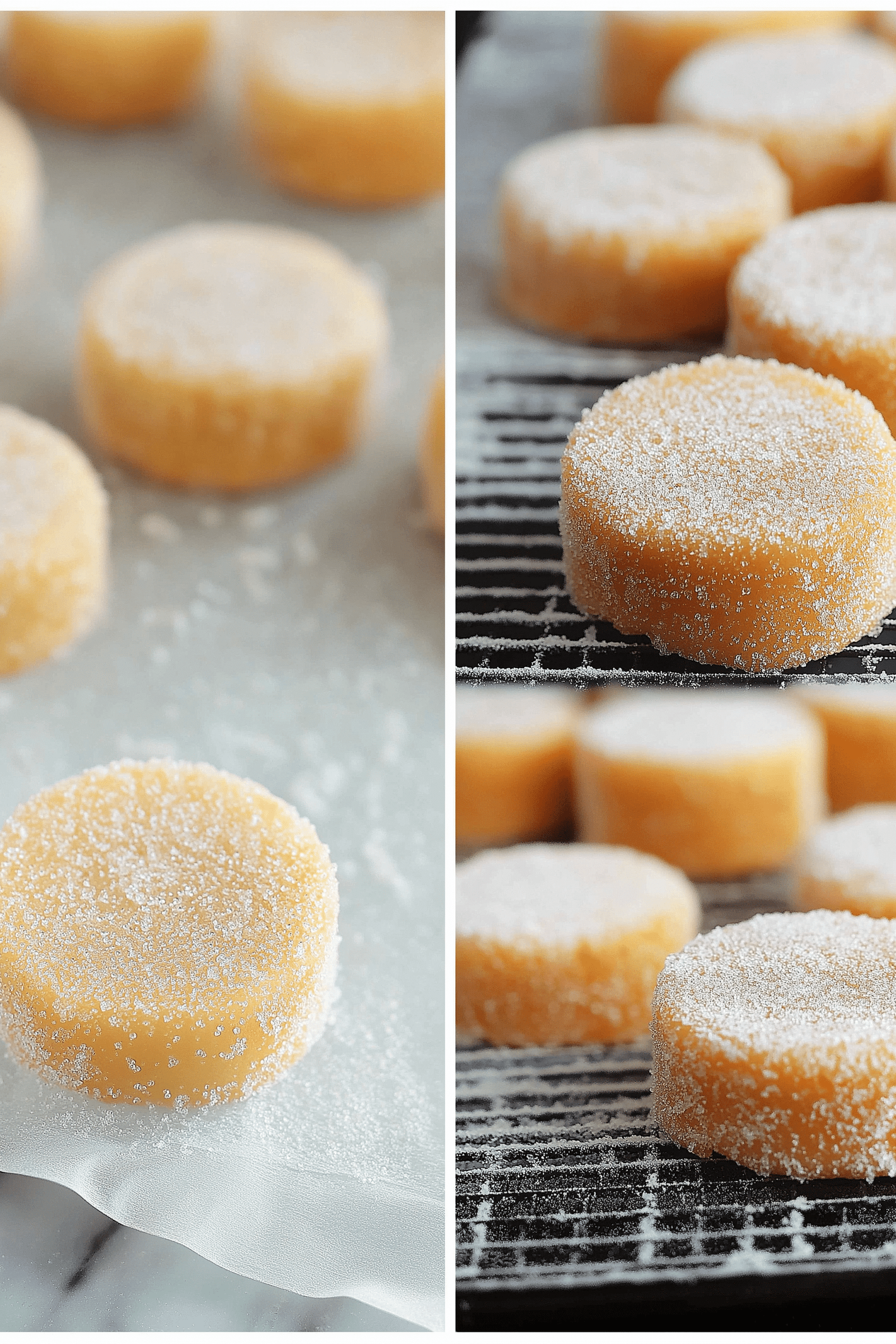
Mastering the Baking Process
Making crispy French cookies is an art. It’s all about knowing the baking process. By understanding oven temperatures and timing, anyone can make cookies that crackle with delight.
Oven temperature is key for these cookies. They need a heat between 275°F to 350°F. This range is based on the recipe and how crispy you want them. Getting the heat just right helps each cookie turn golden without burning.
The timing is also important. Baking them too long or not enough can ruin their taste and texture. Usually, butter cookies need 13 to 17 minutes to get crispy. The right timing, along with the oven heat, stops them from getting too hard or staying soft.
Paying attention to these steps not only makes your cookies better. It also sharpens your baking skills. With practice, your kitchen work becomes faster and your cookies always turn out great.
- Preheat the oven to the recipe’s specified temperature before baking.
- Use an oven thermometer to ensure accuracy in temperature settings.
- Set a timer to avoid overcooking and check the cookies near the end of the suggested baking time.
- Let the cookies cool completely on a cooling rack to ensure that they set correctly and achieve the desirable texture.
By caring about these details, you improve your baking process. You get closer to making those iconic crispy French cookies. Each batch proves your skill in French baking, inviting bakers at any level to perfect their craft.
Exploring Traditional French Cookies
Diving into traditional French cookies brings us an array of treats with deep roots. These cookies show the blend of art and science in baking. Favorites like french sablés and perfect madeleines stand out for their special textures and tastes.
Making Iconic French Sablés
Originating in the 17th century, French sablés are a classic. Their “sandy” texture comes from a perfect mix of butter and flour. Loved at tea time, they symbolize warmth and are a hit during celebrations.
This table shows the variety of sablé cookies:
| Region | Traditional Ingredients | Modern Flavors |
|---|---|---|
| Brittany | Salted butter, Salted caramel, Buckwheat flour | Chocolate, Matcha |
| Provence | Almonds, Citrus zest | Lavender, Pistachio |
| Central | Plain butter, Vanilla | Earl Grey tea, Raspberry |
Secrets Behind Perfect Madeleines
Madeleines are famous for their shell shape and the bump on their back. Making perfect madeleines needs care in mixing eggs and sugar, then folding in flour. They’re best with tea, offering sweetness that pairs perfectly with a warm drink.
Learning to make these cookies is rewarding. Understanding traditional recipes and variations can be like discovering how to create a smothered chicken. Both provide comfort and joy through delicious flavors.
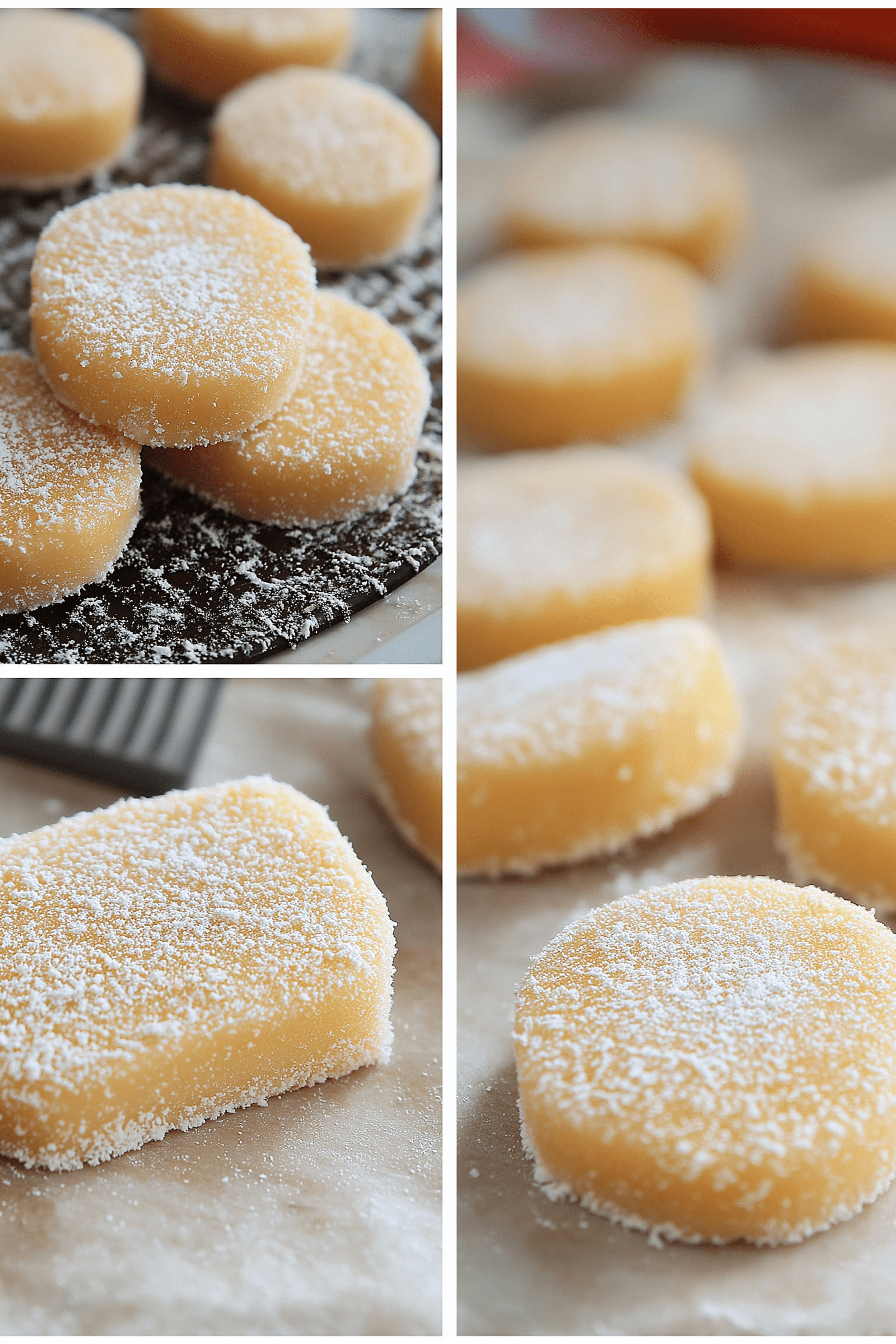
Decorating and Storing French Cookies
After you learn to bake French cookies, it’s time to decorate french cookies. A mix of Americolor Ivory and Chocolate Brown creates elegant royal icing. Use a tipless decorating bag or a PME #2 tip for detailed designs. Let the icing dry with a fan for about 10 minutes. This gives your cookies a glossy look and makes them hard to resist anytime.
To store french cookies, use airtight containers. They keep your cookies fresh and crunchy. Proper storage extends their life and keeps the taste and texture as good as new. Store them at room temp, away from heat and moisture, to maintain their quality.
If you want to improve your baking, try exploring new recipes and techniques. Check out how to make crack chicken tenders for tips that could boost your cookie baking skills.
| Decoration Technique | Cooling Time Before Decorating | Storage Method | Shelf Life |
|---|---|---|---|
| Royal icing using tipless bag/PME #2 tip | Cool completely, approx. 30 mins | Airtight container | Up to 2 weeks |
| Airbrush for realistic finish | Not specific, but cookies must be dry | Airtight container | Up to 2 weeks |
Decorating and storing French cookies carefully ensures they stay delightful. They will be the star of any special event or just as a sweet snack. Enjoy them looking beautiful and tasting great even days after making them!
Where to Buy French Cookies Online
Looking for the rich taste of French cookies without the hassle? Many online bakeries let you buy French cookies easily. Before diving into choosing the best French cookies and the right online bakery, know this. The joy feels just like baking them at home but with more convenience and variety.
Selecting the Best Online French Cookie Bakery
Start by finding famous bakeries known for French cookies. Prices vary, like €7.20 for Eiffel Tower Almond Cookies to €24.30 for luxurious FAUCHON biscuits. Choose brands that stick to traditional recipes and use quality ingredients. Also, check what other customers say to ensure the bakery is reputable. And don’t forget, some offer free delivery in France for orders over €80!
Tips for Ordering Authentic French Cookies Online
Picked a bakery that makes your mouth water? Remember a few things. True taste comes from authentic French recipes. Make sure they pack the cookies well to keep them fresh. Look for bakeries that reward loyal customers, like earning points with each purchase. For those seeking more gourmet foods, explore sites like this one.
French cookies cost around €12.06 on average. From €8.60 caramel cookies to €19.80 crispy Brittany crêpes, there’s something for everyone. Dive in and order the finest French cookies—enjoy the luxury without leaving home.

FAQ
What Makes French Cookies Unique?
What are the Different Types of French Cookies?
What are the Essential Ingredients for Authentic French Cookies?
What is the Role of Butter in French Cookie Recipes?
What’s the Difference Between Using High-Quality Butter and Regular Butter?
How Does the Choice Between Salted and Unsalted Butter Affect My Cookies?
What Are the Keys to Perfecting the Art of Mixing for French Cookie Dough?
What Should I Know About Oven Temperatures When Baking French Cookies?
How Can I Achieve Perfect Crispness in My French Cookies?
Can You Share Some Secrets Behind Perfect Madeleines?
What Tips Do You Have for Decorating and Storing French Cookies?
How Do I Select the Best Online French Cookie Bakery?
What Should I Look for When Ordering Authentic French Cookies Online?
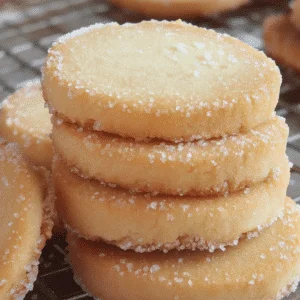
french cookies
Ingredients
- 1 cup 225g unsalted butter, softened
- 1/2 cup 100g granulated sugar
- 1/4 cup 50g brown sugar
- 2 large egg yolks
- 1 teaspoon vanilla extract
- 2 cups 250g all-purpose flour
- 1/2 teaspoon salt
- 1/2 teaspoon baking powder
- Egg wash 1 egg yolk mixed with 1 teaspoon water
Instructions
Cream the Butter and Sugar:
- In a bowl, cream together butter, granulated sugar, and brown sugar until light and fluffy.
Add Egg Yolks and Vanilla:
- Beat in the egg yolks and vanilla extract until fully incorporated.
Mix the Dry Ingredients:
- In a separate bowl, whisk together flour, salt, and baking powder.
- Combine Wet and Dry Ingredients:
- Gradually add the dry ingredients to the butter mixture, mixing until a dough forms.
Chill the Dough:
- Wrap the dough in plastic wrap and chill for 30 minutes.
Roll and Cut the Cookies:
- Preheat oven to 350°F (180°C).
- Roll out the dough to 1/4-inch thickness and cut into desired shapes.
Brush with Egg Wash:
- Place cookies on a parchment-lined baking sheet and brush with egg wash.
Bake:
- Bake for 12-15 minutes until the edges are golden.
Cool and Serve:
- Let cookies cool on a wire rack and serve with coffee, tea, or milk!
Notes
- For added flavor: Add a pinch of sea salt on top before baking.
- For a chocolate twist: Dip half of each cookie in melted chocolate.
- Storage: Store in an airtight container for up to 1 week.
- Best pairings: Enjoy with coffee, tea, or hot chocolate.
